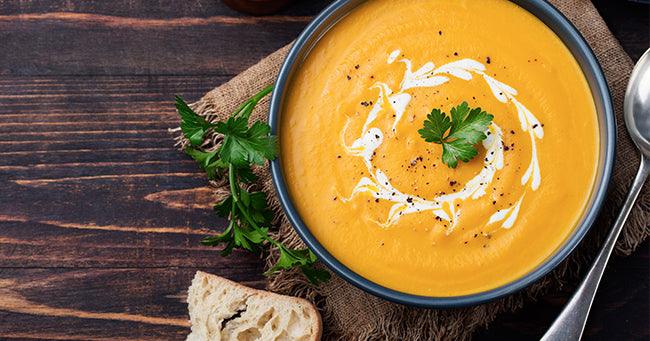Do you reference food labels when making food purchases? Most Americans refer to the Nutrition Facts panel at least some of the time, but many of us continue to have questions about them, are confused by misleading labels, and wonder what is important to consider. Stay tuned for a few suggestions to help you make smart choices by strategic label reading.
Think outside the package:
The best food choices are the ones outside the package – fresh greens, legumes, sweet potatoes, fresh fruits and others vegetables, nuts and seeds. Choosing unpackaged whole foods most of the time can leave you feeling confident that your choices will serve you well. (These are the foods that can generally be found in the outer skirts of the grocery store.) If you are on-the-go, packaged food can come in handy. Be sure to follow the steps below in choosing the right packaged foods.
What to watch out for:
Nearly every aisle in the grocery store displays foods that include some kind of misleading claim, requiring super savvy label reading, such as dark chocolate. Often foods labeled dark chocolate are imitation chocolate. Don’t fall victim to these claims. Learn about dark chocolate deception, and choose real dark chocolate NuGo bars.
It’s true, the FDA sets standards for health claims on food packages, but their ability to monitor and enforce food claims has limited capacity. It’s best to not make purchases based on the statements found on the front of the package.
Refer to the ingredients:
Don’t forget to read the ingredients list! Choose foods with shorter lists of ingredients, and with ingredients that are recognizable and can be easily pronounced. For grain foods, look for the first ingredients to begin with, “whole wheat” or “whole grain”, and steer clear of those items that include words ending in “ose”, indicating added sugar, especially as one of the ingredients close to the beginning of the list.
Check the Nutrition Facts:
Most of what is indicated on the Nutrition Facts panel is important, which is why it’s included. Here are some items you might be interested in paying particular attention to:
- Serving size and Servings per container – Look at the serving size! How many servings are you actually eating? Would it be worthwhile to measure out one serving? If you eat more than one serving, and you pay attention to calories, multiply the number of calories by the number of servings.
- Calories per serving – How many calories are in one serving? “Low calorie” is considered 40 calories or less per serving. “High calorie” is 400 or more calories per serving.
- Sodium - The Daily Value for sodium is 2,400 mg per day. A “low sodium” food contains no more than 140 mg of sodium. Aim for snack items should contain less than 200 mg of sodium per serving.
- Fats (Total, Saturated and Trans) – When choosing packaged foods, look for those that are low in saturated fat (no more than 10% of calories) and have no trans-fat (zero grams). Look for naturally occurring fats from nuts, seeds and nut butters
- Sugars - Remember that whole plant foods will contain some naturally occurring sugar. For packaged foods, read the ingredient list to seek out foods low in added sugars. Look for ingredients that end in “ose” (a.k.a., sugar) and try to limit your consumption. Make sure that sugar, corn syrup or another “ose” word isn’t one of the top three ingredients, (i.e., sucrose, fructose). Avoid sugar alcohols ending in –tol, which can cause gastric distress. This includes Maltitol, found in many low sugar or sugar free foods, which can spike your blood sugar almost the same as regular sugar.
- Fiber - Seek out packaged foods that contain at least three grams of fiber per serving. At least five grams is even better! Our Fiber d’Lish bars have 12g fiber!
Take away
When purchasing packaged foods, be strategic in your decision-making. Choose those with fewer ingredients (and easy pronunciation), and with a Nutrition Facts panel that displays lower amounts of fats, cholesterol, sodium and sugar, and higher fiber. For a healthy low sugar and high-fiber snack, try NuGo Slim.
Reference: U.S. Food & Drug Administration, Nutrition Facts Label Programs and Materials.










Leave a comment
This site is protected by hCaptcha and the hCaptcha Privacy Policy and Terms of Service apply.